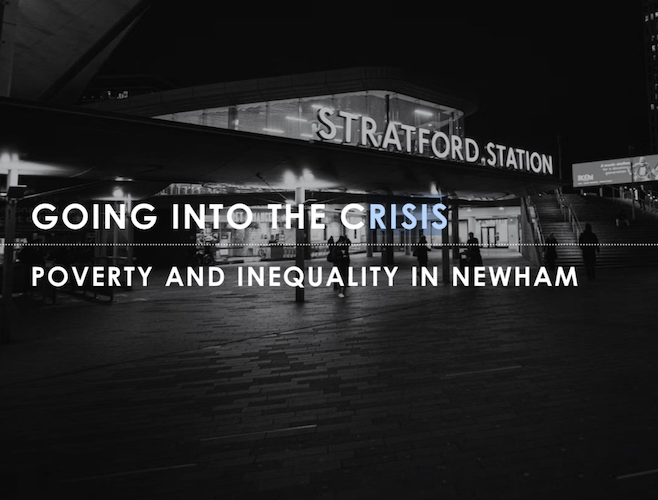Across the capital local authorities are trying to get to grips with what rocketing energy prices and other cost of living hikes could mean for them and for their residents in the months to come.
Newham last week convened a summit hosted by the borough’s Mayor, Rokhsana Fiaz. The council’s stated view was that even if “urgent action” from national government was forthcoming, more would have to be done locally “driven by our collective efforts”.
Since then the new Prime Minister Liz Truss has taken a major step to limit the coming rise in energy bills. But critics say the measure is insufficiently tailored to help the least well off and will plunge millions across the country into fuel poverty.
If so, plenty of those will be in Newham. An analysis for the council by Partnering Regeneration Development (PRD) presented at the summit modelled the coming impacts of inflation. It described an array of pressures in London combining to create a “perfect storm” to “test the resilience of most households” in the borough.
The government’s decision to borrow money to keep energy bills at a typical £2,500 a year for the next two years from October, preventing a rise to £3,549 this year, will help some, but the borrowing is expected to be paid back by consumers over future years and Liz Truss’s action is not enormously reassuring in the context of the profile of Newham assembled by PRD.
There have been some encouraging trends in the borough in recent times: PRD show that until last year economic activity and employment rates in Newham had been on an upward curve since 2011. However, 28% of Newham residents work in low paid jobs – a larger proportion than in London as a whole. And although just over half are employed in the top three of nine categories of occupation, with median London pay of £43,530 a year, even those in the better paid occupations are going to become less well off, with undesirable consequences for the local economy.
Having several hundred pounds less disposable income than before means several hundred pounds less being spent in shops and restaurants and so on. And case studios presented illuminated how, for example, less well-paid workers such teachers, nurses and hospitality sector workers could see their disposable income shrink to very little or nil.
The PRD team also drew out some of the detail within poverty data to show that Newham has the second highest child poverty rate in the country, affecting a shocking 50% of the borough’s children. Most Newham children in “absolute low income households” are members of “working families”, meaning one where at least one adult has a job.
Drawing on government figures, PRD show that the absolute number of Newham children in low income “in work” households had risen from 14,900 in the financial year 2014/15 to 17,943 in 2019/2020 while the number not in working families fell during the same period from 6,512 to 4,700. Those numbers, say PRD, underline that “work is not always a reliable route out of poverty”.
The analysis also suggests, as work at City Hall has done, that London could, on the whole, be more exposed to inflation than other parts of the country. A more optimistic element in the unfolding cost-of-living crisis story is that Newham is widely seen as having risen well to the health challenges of the Covid-19 pandemic and, as PRD director Chris Paddock put it, “community sand faith groups within Newham mobilising around mutual aid through the pandemic as well was incredibly impressive”.
These things bode well for the borough’s emerging cost of living crisis response. But the pressures are going to be intense.
Image from PRD report.
On London strives to provide more of the kind of journalism the capital city needs. Become a supporter for just £5 a month. You will get things for your money too. Details here.

